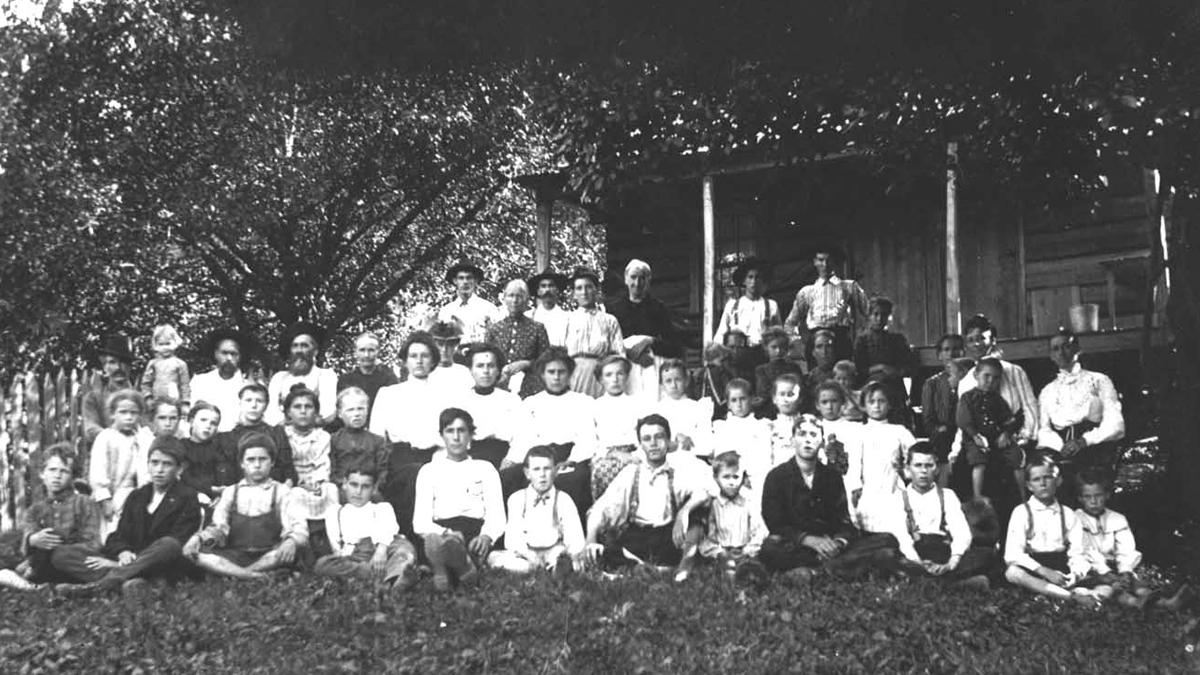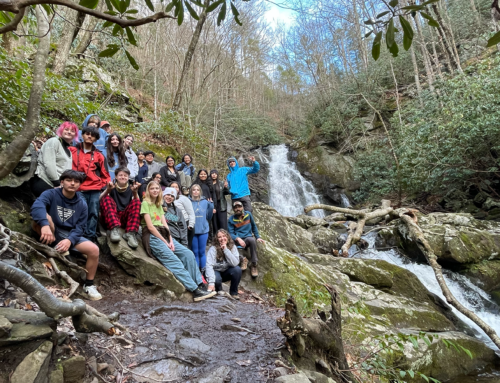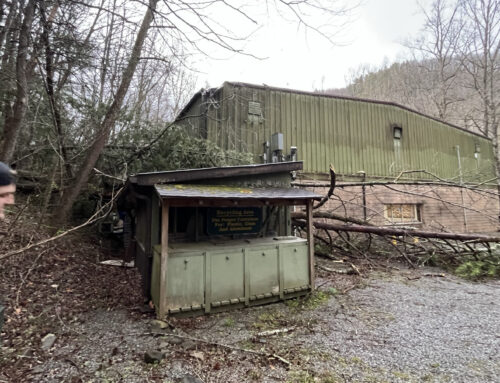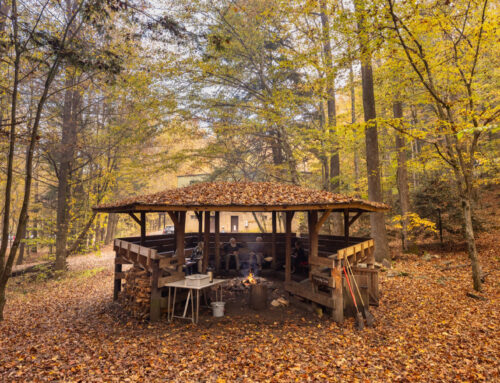If Fodderstack Could Speak: Walker Valley Lore
Written by Jeremy Lloyd, Manager of Field Programs and Collegiate Studies and author of A Home in Walker Valley: The Story of Tremont
This occasional series is named for the mountain overlooking the Walker Valley campus of Tremont Institute in Great Smoky Mountains National Park. If Fodderstack Mountain could speak, these are a few things it might reveal.
Frederic Webb taught at the Walker Valley Settlement School during the summers of 1902 and 1904. Read Part 1 of his journal series here.
In August of 1904, Fred Webb paid a call to Will Stinnett and his family who lived at the Blowdown. Ashley Moore served as one of his guides. “We camped at the ‘Reck camp’ where we had supper of a dozen trout, 8 of which I ate.”
After meeting Will Stinnett and his wife, Fred wrote, “His occupation is farming a small patch, herding & beekeeping. His wife is 4 miles or more from the nearest woman and does not see one of her own sex for months at a time. She has a babe Frederic Boyd, born last Feb. that is the namesake of the bishop of Walker’s Valley.”
Fred’s self-effacing humor shines through in the last sentence above; the bishop he’s referring to is himself. His mother Emilie was likewise honored by having a baby named after her.

Walker Valley Settlement School, circa 1904
Fred describes the children as follows: “The two older are girls—one a mute and the other may prove to be one. The oldest child is a boy, William Elijah—14 years old who is a help to both father and mother. He is a typical mountain boy of the big mountains. He tried to conjure his Granny’s dog by cutting the tip hairs of its tail and putting them under the doorstep.”
After “perusing” up Thunderhead Mountain where Fred glimpsed Cades Cove and Tuckaleechee Cove in the distance, the group ate a dinner of ten trout. “We had a fine trip home – hard enough but full of pleasure for me as I followed the river and saw its beautiful rapids and cascades. The boys caught another fine string of large trout and gave me equal shares with them. The trip did me good and cheered the lonesome ones up in the remote corner of our parish.”
The mountain people’s way of life was in some ways as strange to Fred as his was to them. He was appalled to witness the “doctoring” of infant suffering from thrash (a common yeast infection occurring in the mouths of children). A “thrash doctor” was a person who blew his or her breath in the mouth of a child in order to cure it. Having witnessed such an event, Fred wrote in his journal, “[The thrash doctor] took the child in her arms, placed her mouth over the babe’s and blew her breath into the poor little mouth. Such in the XX century! In Christian Enlightened America. I shall not soon forget the incident.”
Fred wrote little of what was perhaps the most important event to occur in his life during his brief time in Walker Valley. By August 14, 1903, he’d recently suffered a collapse from exhaustion and wasn’t feeling well. But he managed a walk up to a favorite spot on Fodderstack Mountain where he became engaged to Clara Liebchen. “There we plighted our troth. Nothing further need be said,” he wrote.
Fred went on to become ordained as a Presbyterian minister. Sadly, while conducting a funeral at his church in Cincinnati in below-zero-degree temperatures, he contracted “double pneumonia” and died a week later. Clara, his wife, was a nurse who tended to his needs in his final days.
We owe a debt of gratitude to Fred’s brother, Eugene L. Webb, a photographer who snapped shots of the valley and its residents at the turn of the century. He later settled in Maryville, and died in 1951.







